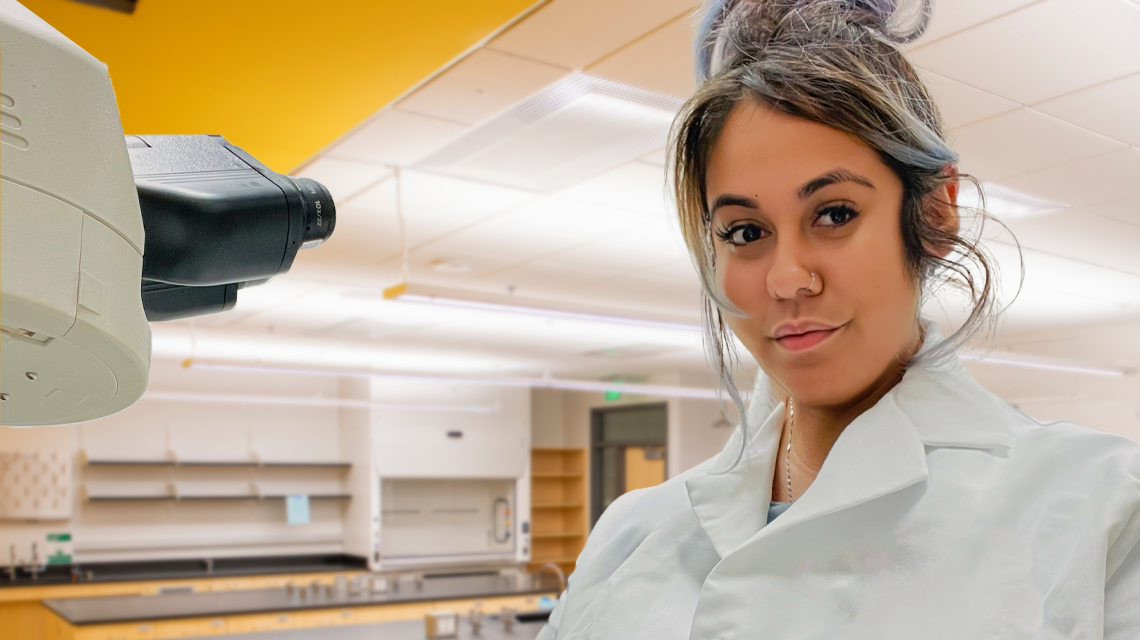 In March 2020, much of the laboratory work conducted at California State University, Dominguez Hills (CSUDH) and many other CSU campuses came to a grinding halt. Now, as campuses repopulate and researchers head back to their labs, the CSU Program for Education and Research in Biotechnology (CSUPERB) has awarded 25 grants to graduate students to restart and reengage in the research activities put on hold due to COVID-19.
In March 2020, much of the laboratory work conducted at California State University, Dominguez Hills (CSUDH) and many other CSU campuses came to a grinding halt. Now, as campuses repopulate and researchers head back to their labs, the CSU Program for Education and Research in Biotechnology (CSUPERB) has awarded 25 grants to graduate students to restart and reengage in the research activities put on hold due to COVID-19.
Stacy Zamora, a graduate student pursuing her master’s degree in biology at CSUDH, has earned one of the coveted grants for her research into the neurobiological factors of drug addiction.
Zamora has always been fascinated by the complex inner workings of the brain. At CSUDH, she found the perfect faculty mentor in Associate Professor of Psychology Philip Vieira, who researches biosensors and drug addiction. Zamora, who previously worked as an inpatient technician at a hospital detox facility, is passionate about conducting research that can ultimately help to treat addiction.
“There is a lot of stigma around addiction. People don’t fully understand that addiction is an actual disorder which alters the neurons in your brain,” Zamora said. “Things change physiologically in the body. We want to spread awareness that this is a disease and develop treatment options for patients suffering from this.”
Zamora’s current project focuses on the mesolimbic pathway, also known as the reward pathway. She looks for two specific types of proteins within the reward pathway of rats’ brains, how the protein accumulates in response to ethanol (alcohol) and cocaine, and how they accumulate differently in male and female rats. Zamora hopes to establish that there is a difference between males and females when it comes to substance use disorder.
“If my data shows there are sex differences, we will continue to experiment on that to discover the reasons why,” Zamora said. “If we were ever to develop pharmacological treatment, we would want to see how it affects men compared to women, and the different hormones which might impact treatment.”
The $7,000 CSUPERB grant has enabled Zamora to get back into the lab nearly every day this summer to continue her research, which will continue until the end of Fall 2021. She will present her results at the annual CSUPERB symposium in January, and also plans to submit her findings to the Addiction Neuroscience journal. Vieira, her faculty mentor, credits Zamora for playing a huge part in the success of his lab.
“Stacy has helped to build my lab from the ground up with extremely limited resources,” Vieira said. “We are at an important transition period, where the university is increasing resources to support high-quality, ground-breaking research and, more importantly, successful student researchers that will go on to make a difference in their prospective careers.”
He added, “My students and I are excited about the future of research at CSUDH and know the university will see the tremendous value that is realized when you invest in students and faculty engaged in this work.”








